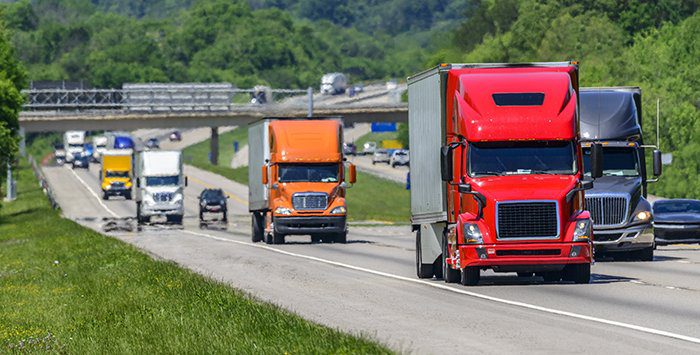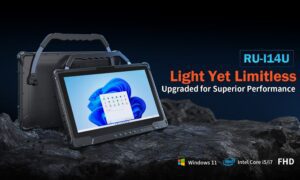Highway signs are ubiquitous elements of our transportation infrastructure, silently guiding millions of drivers each day. These signs communicate vital information—speed limits, exits, road hazards, directions, and more. While often taken for granted, the materials and durability of highway signs play a crucial role in maintaining safety and efficiency on our roads. Investing in high-quality, durable highway signs isn’t just a matter of fiscal prudence; it’s a direct investment in public safety.
The Critical Role of Highway Signs
Highway signs are the unsung heroes of road travel. They provide constant, real-time communication to drivers, enabling them to make quick, informed decisions. Whether warning about a sharp curve ahead, indicating lane changes, or directing traffic in construction zones, these signs help mitigate the risks associated with driving. Without clearly visible and legible highway signs, drivers are left to guess or rely on memory—a dangerous gamble that increases the likelihood of accidents.
Safety Through Visibility and Clarity
Visibility and legibility are the cornerstones of effective highway signage. Signs that fade, peel, or become obscured over time due to weather or environmental conditions pose significant hazards. Durable materials such as high-grade aluminum, laminated reflective sheeting, and UV-resistant coatings ensure that signs remain clear and bright for years. In low-light or adverse weather conditions, reflective coatings enhance visibility, making it easier for drivers to react promptly.
Poor-quality signs may initially save money, but they degrade quickly, requiring frequent replacements. This leads not only to increased long-term costs but also to intervals where signage may be ineffective or entirely missing, compromising road safety.
Economic Efficiency Through Durability
Durability equates to long-term savings. High-quality highway signs constructed from robust materials may have a higher upfront cost, but they last significantly longer than cheaper alternatives. Municipalities and transportation departments can save on labor, maintenance, and material costs over time. More importantly, reducing the frequency of sign replacements minimizes the need for road closures and disruptions, which can incur additional expenses and inconvenience for drivers.
The Federal Highway Administration (FHWA) and other regulatory bodies often mandate specific durability standards for highway signs to ensure consistent performance across all conditions. Adhering to these standards reduces liability and enhances overall road system reliability.
Adverse Conditions and Sign Performance
Highway signs must endure a wide range of environmental conditions, from scorching sun and heavy rain to snowstorms and high winds. Signs in coastal areas must withstand salty air and humidity, while those in colder regions must resist freeze-thaw cycles and ice accumulation. Durable highway signs are engineered to resist these elements, maintaining their structural integrity and visibility.
Signs can become critical tools for evacuation and emergency response during natural disasters or extreme weather events. Signs that remain legible and intact in such scenarios can literally save lives by directing traffic efficiently and minimizing panic.
Technological Advancements in Signage Materials
Modern advancements in material science have significantly improved the durability of highway signs. High-performance reflective sheeting technologies, such as microprismatic and glass-bead systems, enhance nighttime visibility and reduce maintenance needs. Additionally, new coating methods provide better resistance to graffiti, corrosion, and UV damage.
These innovations not only extend the lifespan of highway signs but also contribute to sustainability by reducing the frequency of replacements and the environmental impact associated with manufacturing and disposal.
Case Studies and Real-World Impact
Numerous studies have linked improved signage to reductions in traffic accidents and fatalities. For instance, the implementation of upgraded, high-visibility signs in rural areas has been shown to significantly decrease nighttime crashes. Similarly, consistent maintenance and timely replacement of worn-out signs have led to measurable improvements in traffic flow and driver behavior.
In one case, a state Department of Transportation reported a 30% reduction in nighttime collisions after replacing old signs with newer, more reflective ones. This clearly illustrates how investing in durable highway signs pays off not just in economic terms but also in saving human lives.
Compliance and Liability Considerations
Failing to maintain effective signage can expose municipalities and transportation agencies to legal risks. In cases where poor signage contributes to an accident, legal liability can be significant. Ensuring that all highway signs meet or exceed federal and state guidelines for visibility, durability, and placement is not only best practice but also a legal safeguard.
Routine inspections and upgrades are part of a comprehensive risk management strategy, ensuring that infrastructure continues to meet evolving safety standards and public expectations.
Environmental and Sustainability Benefits
Durable highway signs also offer environmental benefits. By lasting longer, they reduce the need for frequent manufacturing and transportation of replacement signs, thus lowering carbon emissions. Some newer materials are also recyclable, further reducing the environmental footprint.
Moreover, fewer maintenance cycles mean less disruption to natural landscapes and lower fuel consumption from maintenance vehicles. This aligns with broader goals of sustainable infrastructure and responsible public spending.
A Strategic Safety Investment
In conclusion, durable highway signs are far more than static pieces of metal; they are dynamic tools of communication, safety, and efficiency. Their proper function is vital to the safety of every driver on the road. Investing in durable materials and technologies ensures these signs can perform their essential duties under any condition, with minimal maintenance and maximum reliability.
For municipalities, state transportation departments, and highway planners, choosing durability is choosing safety, economy, and responsibility. When lives are on the line, there is no room for compromise. Durable highway signs are a smart, strategic investment that yields dividends in safety, savings, and sustainability—an investment worth making every time.


































